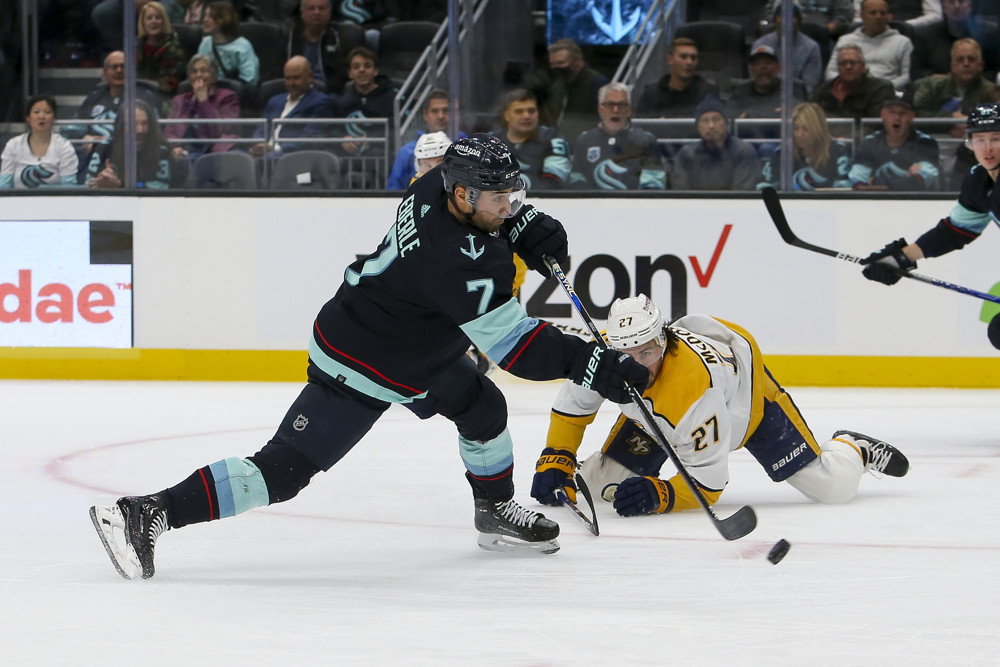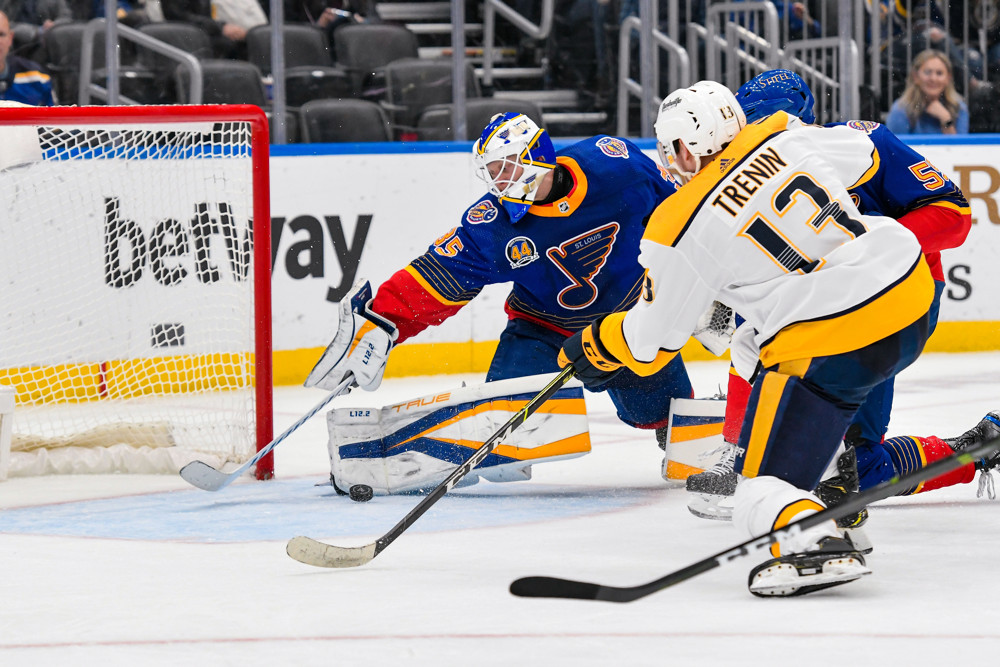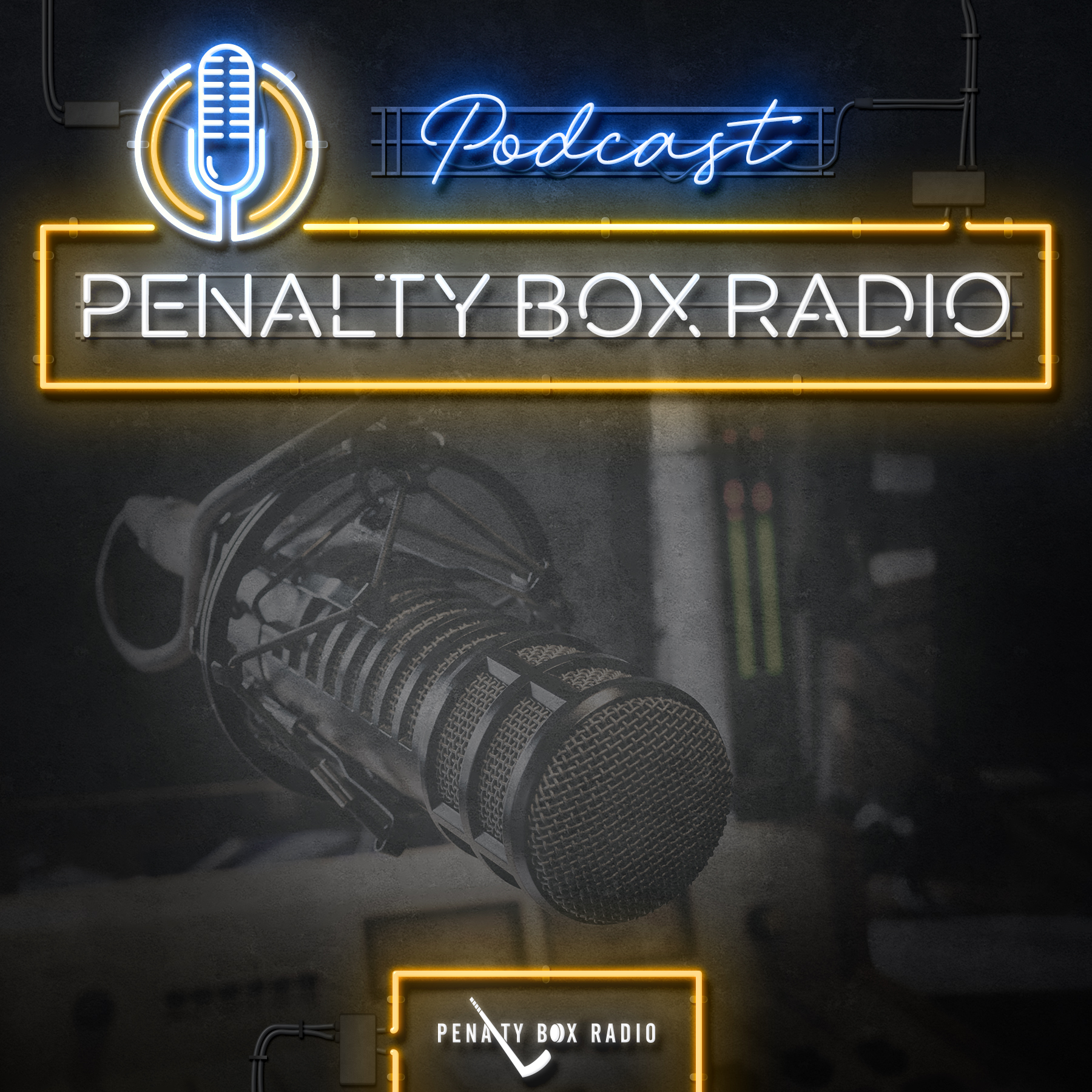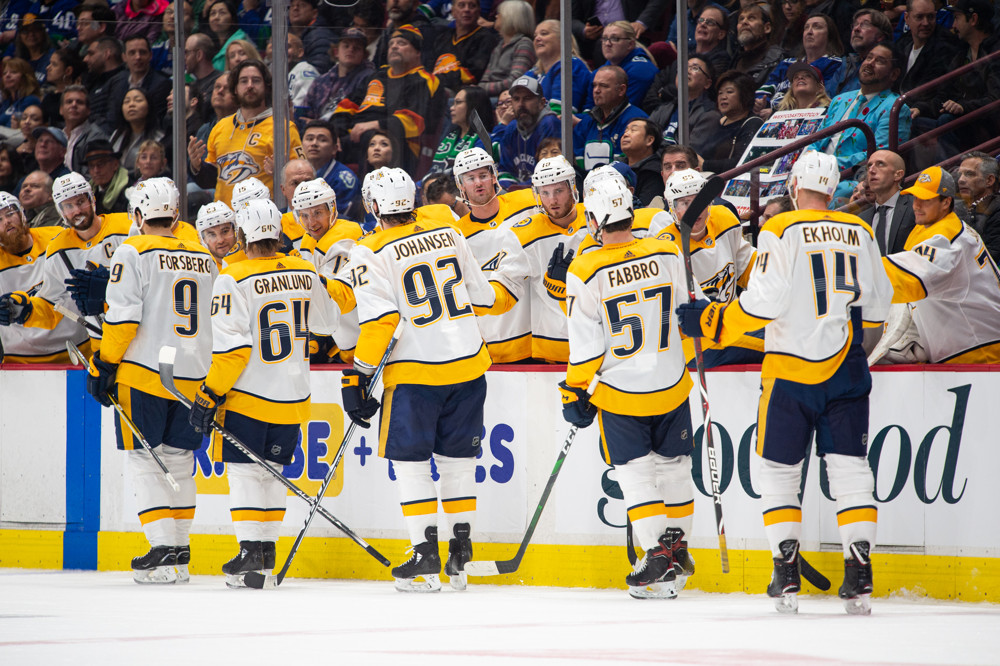
If I were to voice a single criticism of the past few years’ incarnations of the Nashville Predators, it would not be the power play. Nor would it be poor defense, or even the dearth of depth scoring. Without hesitation, it would be their struggles in transitioning zones.
There is a lot of concern over Nashville’s ability to create dangerous scoring opportunities after establishing the zone (in other words, the players stand around a lot), but I’d argue that should not be the primary emphasis for improvement. In all aspects, the NHL is evolving into a faster league. The ability to transition zones while maintaining possession of the puck should be a major priority for all teams, including Nashville.

Unfortunately for the Predators, a recent trade saw the departure of one of the league’s elite players in this regard. According to data collected by Corey Sznajder (@ShutdownLine), the past three seasons have seen P.K. Subban exit the defensive zone with possession more frequently than 93% of NHL players, and more reliably than 84%.
Among many others, Nashville will likely miss this element of Subban’s playing style. Take a look at how Nashville’s current defensive group compares:
Roman Josi tends to be more reliable than P.K. Subban in terms of how often each player loses possession when exiting the zone. However, his relatively low possession exits per 60 indicates that he doesn’t attempt as many zone exits overall.

In essence, Nashville has lost its primary avenue through which the puck exits the defensive zone. Subban was heavily relied on for this purpose (illustrated most poignantly by Ekholm’s relatively low numbers), which is at least as thankless a task as it is important.
No matter how you feel about Subban being dealt for cap space, his loss will certainly be felt when it comes to transitioning zones. During P.K.’s tenure with the Predators, no Nashville defenseman was more successful at igniting attacking drives up the ice.
The Good News

While I think it is important to view the Subban trade and the acquisition of Matt Duchene as separate events, they were both obviously part of the same overall plan. Subban is perhaps not the player he once was, but remains an elite NHL defenseman. Some of you may disagree, but I will not waver on this position. Quantitatively speaking, Subban remains in a very high tier of NHL players.
Duchene, of course, is no slouch. While little team-level success seems to follow him (the 2018-19 first round being the obvious and only real exception), he has averaged 0.75 points per game through his career. He is routinely less-than-stellar in certain possession metrics (high danger scoring chance percentage, for example), but I’m willing to put those aside in consideration of the poor teams he has often played with.
There is one particular area in which he is exemplary, and it ties us to the earlier subject: zone transitions. Especially when it comes to entering the attacking zone with possession, Duchene ranks extremely highly.

David Poile was right to seek out a forward who can successfully maintain possession while entering the attacking zone. Over the past few seasons, only one regular member of Nashville’s top six has produced a better combination of rate and reliability in this category, and he plays his hockey in St. Paul these days.
What Does It Mean?
While the relationships are relatively weak over a three-season span, teams whose players enter the attacking zone with possession more frequently do tend to produce more shot attempts and more scoring chances than other teams. This seems perfectly intuitive – maintaining possession of the puck is a criterion for producing a shot attempt.

Adding Matt Duchene to Nashville’s top six in some capacity will almost certainly improve the team’s overall rate of entering the attacking zone with the puck. Whether it will be enough to offset the team’s diminished defensive zone exit capabilities enough to improve their overall scoring chance production remains to be seen.
I tend to believe that it’s misguided to trade a strength to address a weakness. The Nashville Predators have unquestionably done that this offseason: trading one of the league’s premier right-handed defensmen in order to improve a glaring weakness in depth scoring.
To be honest, I will probably always be a critic of Subban being traded (or, at least, the return for which he was traded). I fully understand the need for cap space and the frustration with recent seasons. That said, I really don’t believe that there wasn’t a better return out there, or that Nashville couldn’t have been a little more creative with how they created the necessary cap space.
Still, I do admire the team’s recognition of a significant weakness (i.e. depth scoring) and making a move to address it. Whether they realize it or not, they have also addressed one of the underlying reasons for their extremely top-heavy point production: very few of the bottom nine forwards were frequently and reliably attempting to enter the attacking zone with possession. A dump-and-chase system is extremely frustrating to watch (and I’m sure to play within), as well as relatively easy to defend against. Just ask Jim Montgomery.
Looking Ahead

The challenge now, aside from implementing Duchene successfully into the top six, is to compensate for the loss of Subban’s relatively equal strength in zone transitions. While his contributions came primarily from exiting the defensive zone, it’s all part of the same fluid process of moving the puck up the ice.
Essentially, the brunt of this will fall on Mattias Ekholm. In terms of zone exits, he was getting an easy ride for the past couple years. Whether it’s Dante Fabbro or Ryan Ellis across from him now, he will certainly be forced to be more involved in moving the puck up the ice.
As many others have already pointed out, this will be a particularly fascinating season for the Nashville Predators. There will (and should) be huge amounts of pressure to improve from last year. Trading an elite player, especially a right-handed defenseman, and failing to noticeably improve lies somewhere within the “unacceptable” category.
If I were behind the bench, I would emphasize patience from the forwards. If you are approaching the opponent’s blue line and don’t have a clear path to either carry or pass the puck, slow down, survey the ice, and try to create one before entering. It will be difficult, but it sure beats a dump-and-chase. Matt Duchene has demonstrated this ability throughout his career. Assuming he can maintain it, Nashville’s goal scoring will benefit considerably.










